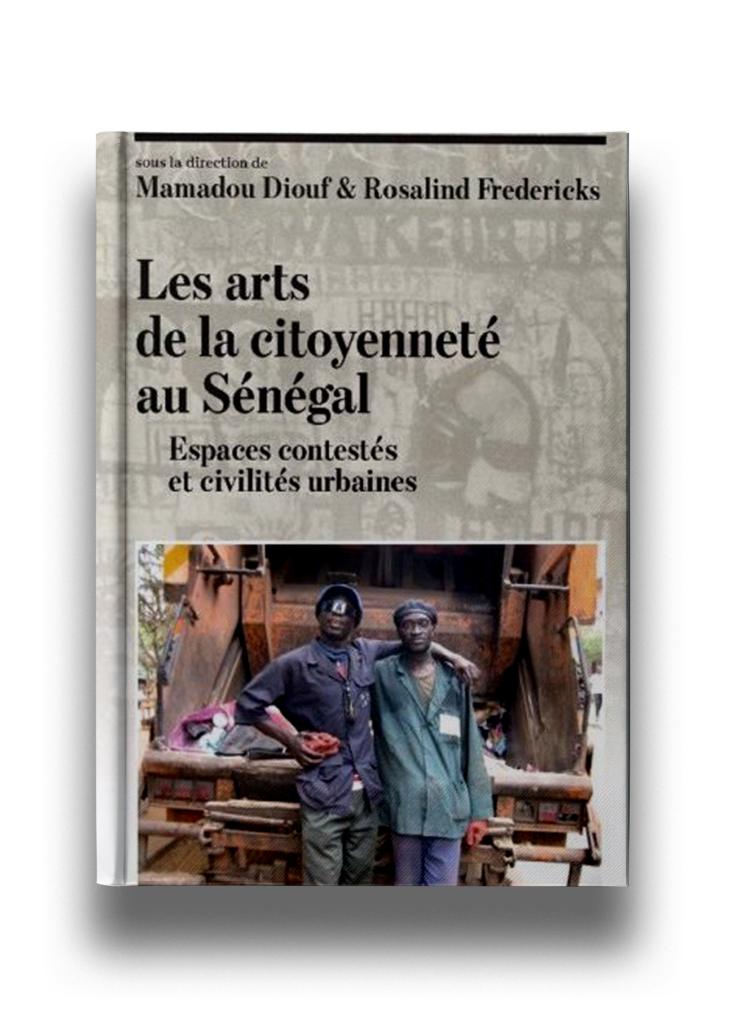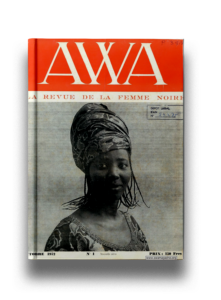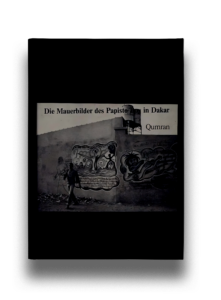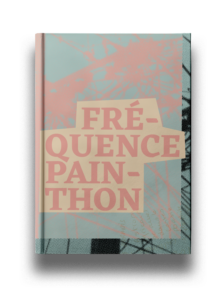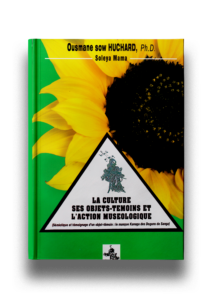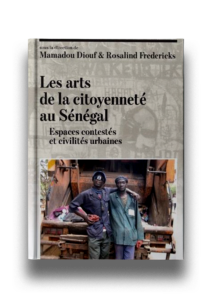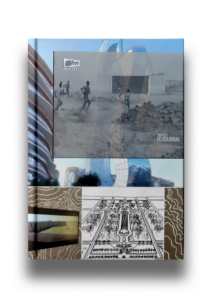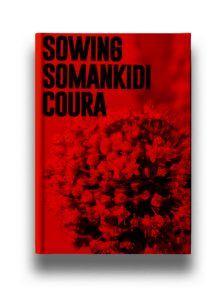Year
2013
Publisher
Editions Karthala
Author
Mamadou Diouf
Rosalind Fredericks
Annotation
This book is a major contribution to the research on African cities. It identifies different socio-political, cultural and aesthetic sensibilities that were new at the time and which are brought into conversation with well-established practices in Senegalese society. Rich and diverse in forms, the practices analysed range from the technique of suwèr (painting under glass) to Senegalese hip-hop, through a look at waste management and its actors. The negotiations and reconfigurations of urban and imagined spaces underpinned by the arrival of new young people complicates the analysis of African cities. The contributions have the merit of following this density by moving away from a certain analysis which would have struggled to grasp the workings of these arts of citizenship.
RAW Material Company
L'intérêt de l’approche des questions urbaines africaines en terme de communauté civique est de permettre de penser la superposition et les interaction entre les ressources précoloniales, coloniales et postcoloniales et d'évaluer en même temps comment les différentes ressources, ensemble ou séparément, sont sollicités de manière stratégique dans les processus de formation et de fragmentation des communautés politiques urbaines et de gestion des villes.
